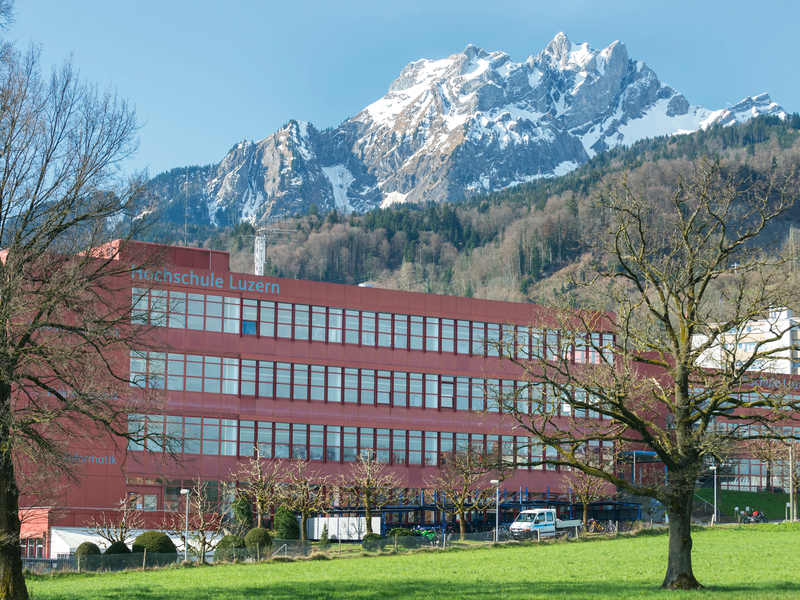Students and apprentices build circular wooden structures to provide shade
Lucerne/Horw/Emmenbrücke - At the Lucerne University of Applied Sciences and Arts, students and apprentices have been building two wooden structures with the aim of providing shaded areas in public spaces. They will be taken down in September. Afterwards, a new class will use the wood to create objects for summer 2026.
On June 13, architecture students and apprentices from timber construction companies finished installing wooden structures which will provide shade on the Inseli in Lucerne and in the Emmenpark in Emmenbrücke. These installations were planned and built in the Ebenau 20 workshop in Horw, which is part of the Lucerne School of Engineering and Architecture at the Lucerne University of Applied Sciences and Arts (HSLU).
The wooden structures are the publicly visible and tangible result of the Circular Time Lab project, which was launched on February 21, 2025, and is scheduled to run for three years. In total, 100 second-semester architecture students and ten apprentices from the region are working in three main groups.
According to Sonja Geier, this is an example of how the worlds of academia and business can interact. Imagination and creativity is also promoted, as the deputy director of the Competence Center for Typology and Planning in Architecture at HSLU explains in an article published by the «Luzerner Zeitung» newspaper: «For example, architecture students come up with bold designs to offer inspiration, while the apprentices contribute their expertise with materials and tools».
The original brainchild behind this project was the Forestry Department of the Cantonal Department of Agriculture and Forestry. According to the information, the Swiss federal government is now also co-funding the project. Moreover, the Circular Time Lab is part of an international research project that brings together 13 institutions from Germany, France, Italy, Austria, Slovenia and Switzerland. «The result is a joint toolkit», explains Sonja Geier, «which is intended to provide visible and tangible impetus in an effort to promote the circular economy, strengthen regional value chains and establish new value systems».

